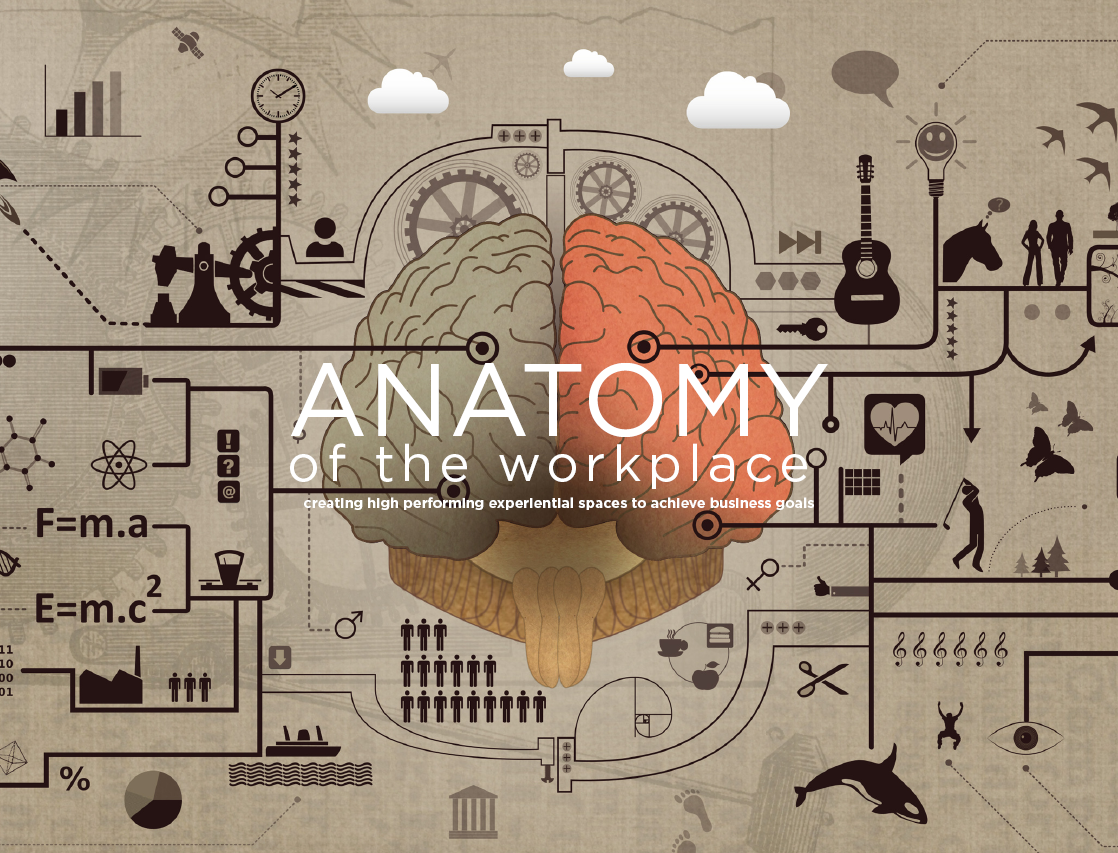The most effective workplaces are not one-size-fits-all rows of cubicles, pure open offices or labyrinthine hallways of private offices. Today, 37% of people spend four or fewer days per week in the office compared to 29% in 2012, and 34% of business leaders believe more than half of their company will be working remotely by 2020. Within the office, employees highly value flexibility, ranking second to salary in regards to satisfaction.
Advances in technology and changes in generational needs and expectations are changing the way we work, whether we like it or not. For the C-suite and management, it’s imperative to stay ahead of the workplace trends curve to retain talent and increase employee productivity by tackling this primary challenge: designing a supportive, flexible workplace for employees.
Today’s workplace should be interconnected, allowing for a coherent shift between work styles and locations inside and out of the office. Providing purposeful spaces will optimize square footage, enhance collaboration, attract and develop talent and build culture. By making this investment in people, organizations create a happier, healthier workforce that will be more productive and generate more revenue.
Ready to get started? Here are the four spaces your office should consider when designing the workplace:
- Formal Meetings Space: these have not disappeared. Shared meeting spaces with integrated technology for video conferencing or immersive telepresence meetings can also support pre-meeting and post-meeting discussions with tools to support low-tech idea sharing.

- Swarm Collaboration Space: Offering a variety of seating heights and options allow workers to renew their focus and foster productive micro-breaks and claim temporary ownership. When cleverly located, these spaces support drive-by interactions.

- Touchdown Meeting Space: First come, first serve small spaces for groups to meet for quick meetings. Furniture and fixtures support multiple uses today and in the future.

- Heads-Down Space: Research is showing that workers are finding ways to create privacy within an open work areas for heads down work. Small focus rooms offer additional choices to the energy and inspiration of open work areas.
The primary goal of designing effective workplaces is to create healthy, experiential spaces that work for people, and leave behind those spaces that make it harder for people to work. For mid-size to large offices, Workplace Experts advise hiring a professional about two years in advance to draw out specific company goals, values and maximum flexibility for the future.




